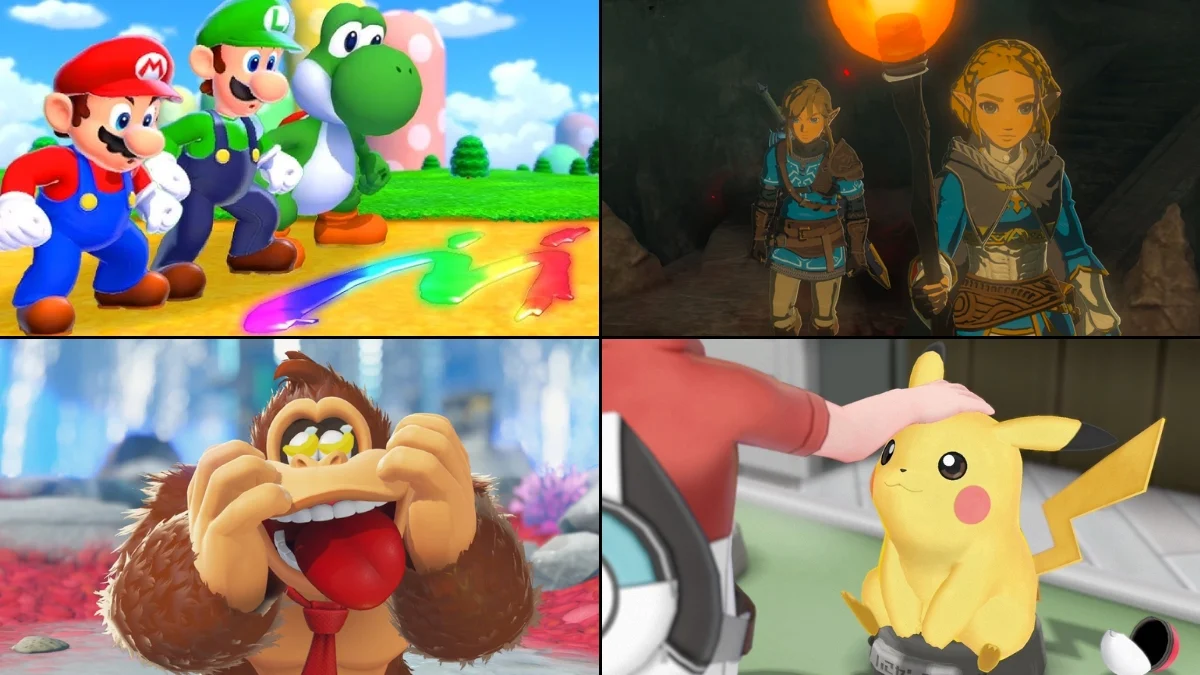
For decades, Nintendo’s characters have been the driving force behind many popular game genres – from platformers and adventures to racing and party games – and have significantly influenced how game design is taught and understood. What started as simple ways to work around the technical limitations of older gaming systems gradually transformed these characters into iconic figures. They now have well-defined personalities, instantly recognizable appearances, and frequently appear in multiple game series.
Here’s a collection of 15 characters who are central to Nintendo’s most popular franchises. For each character, we’ve included key details-who created them, what games they first appeared in, their special skills, and their role in the games’ gameplay, stories, and related products-to help you understand their place within the larger Nintendo world.
Super Mario
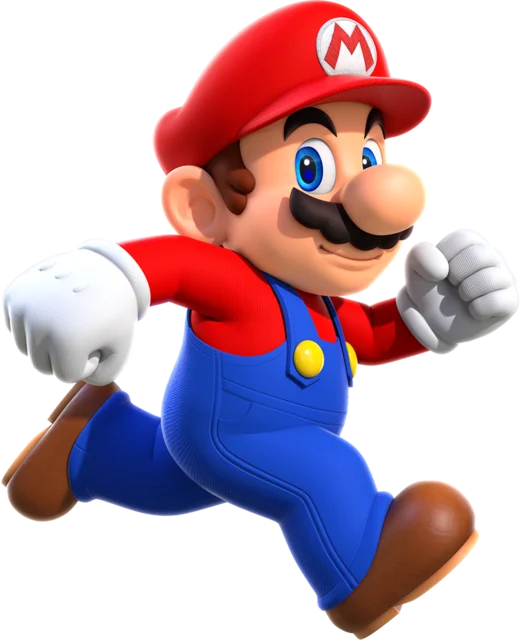
I remember first seeing Mario way back in the original Donkey Kong arcade game – he was a carpenter then! It’s funny to think how he evolved into the plumber we all know and love in Super Mario Bros. on the NES. Shigeru Miyamoto created this amazing character, and he’s really become the face of the entire Super Mario series. He’s been in everything – platformers, RPGs, sports games, racing games, even party games! What I always loved was how he moved – running, jumping, and those incredible power-ups like the Super Mushroom, Fire Flower, and Super Star. And don’t even get me started on the Tanooki and Cat suits! He really set the standard for how platforming games feel and how levels are designed. It’s a classic!
As Nintendo’s main character and face of the company, Mario appears in many different types of games, like Mario Kart, Mario Party, and a variety of sports titles. Each game is designed to be easy to pick up and play again and again. He’s also a central figure in the Super Smash Bros. series, appears on lots of official merchandise, and is featured in theme-park attractions, which helps keep him well-known across all of Nintendo’s gaming systems. He consistently remains visible throughout each new generation of hardware.
Link
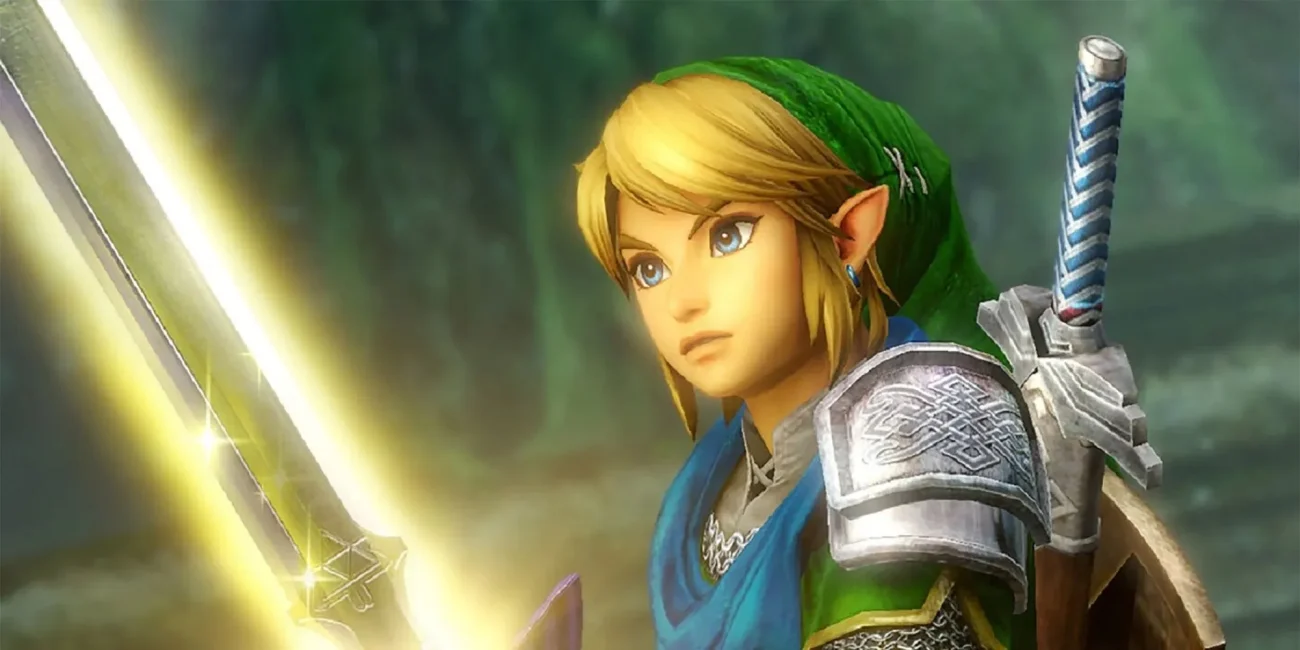
Link is the main character you play as in most of the core The Legend of Zelda games. He first appeared in The Legend of Zelda (NES), created by Shigeru Miyamoto and Takashi Tezuka, with character designs contributed by artists like Yusuke Nakano and Satoru Takizawa. Throughout different storylines and versions of the character, Link is usually a Hylian who uses the Master Sword and Hylian Shield. He also learns tools specific to each game and figures out puzzles based on the environment.
As a huge fan, one of the things I’ve always loved about the Legend of Zelda games is how Link gets new tools – like the boomerang, bombs, hookshot, and bow – and those tools actually *change* how you explore. They design the dungeons and the world around what you can *do* with those items. More recently, they’ve added things like stamina, climbing, and paragliding, which makes getting around so much more fun and lets you solve problems in unexpected ways. It’s really cool how they’ve expanded the open world while still keeping Link as that classic, silent hero we all know and love. It just adds so much to the experience!
Samus Aran
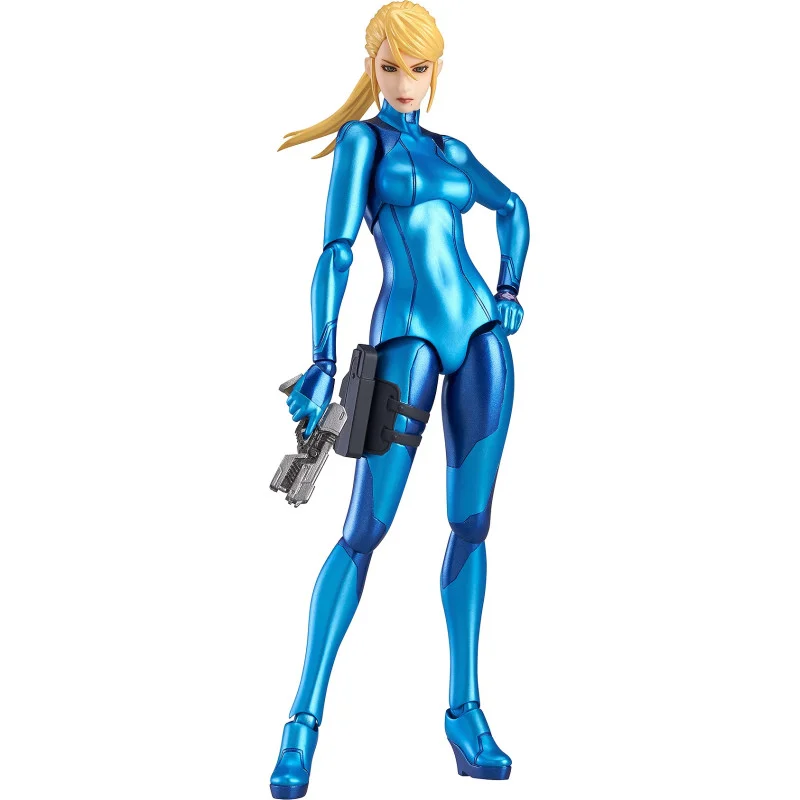
Samus Aran, brought to life by Makoto Kano, Hiroji Kiyotake, and Yoshio Sakamoto, first appeared in Metroid (NES) as a bounty hunter who wears high-tech powered armor. This Chozo-engineered Power Suit allows her to transform into a morph ball for navigating tight spaces, and can be upgraded with beams and missiles. The suit also supports add-ons like the Varia and Gravity suits, creating a gameplay cycle where you explore, find new items, and then revisit areas with your enhanced abilities.
The Metroid series was key in establishing the “search-action” style of gameplay, frequently called “Metroidvania.” This style focuses on exploring the entire map, unlocking new paths with gained abilities, and creating a strong sense of atmosphere through the story. Even when the series shifted to a first-person perspective, it kept the core design elements – like targeting enemies, scanning environments with your visor, and discovering lore hidden within the world – ensuring that Samus remained a consistent character whether in 2D or 3D games. This consistency is a hallmark of the series.
Donkey Kong
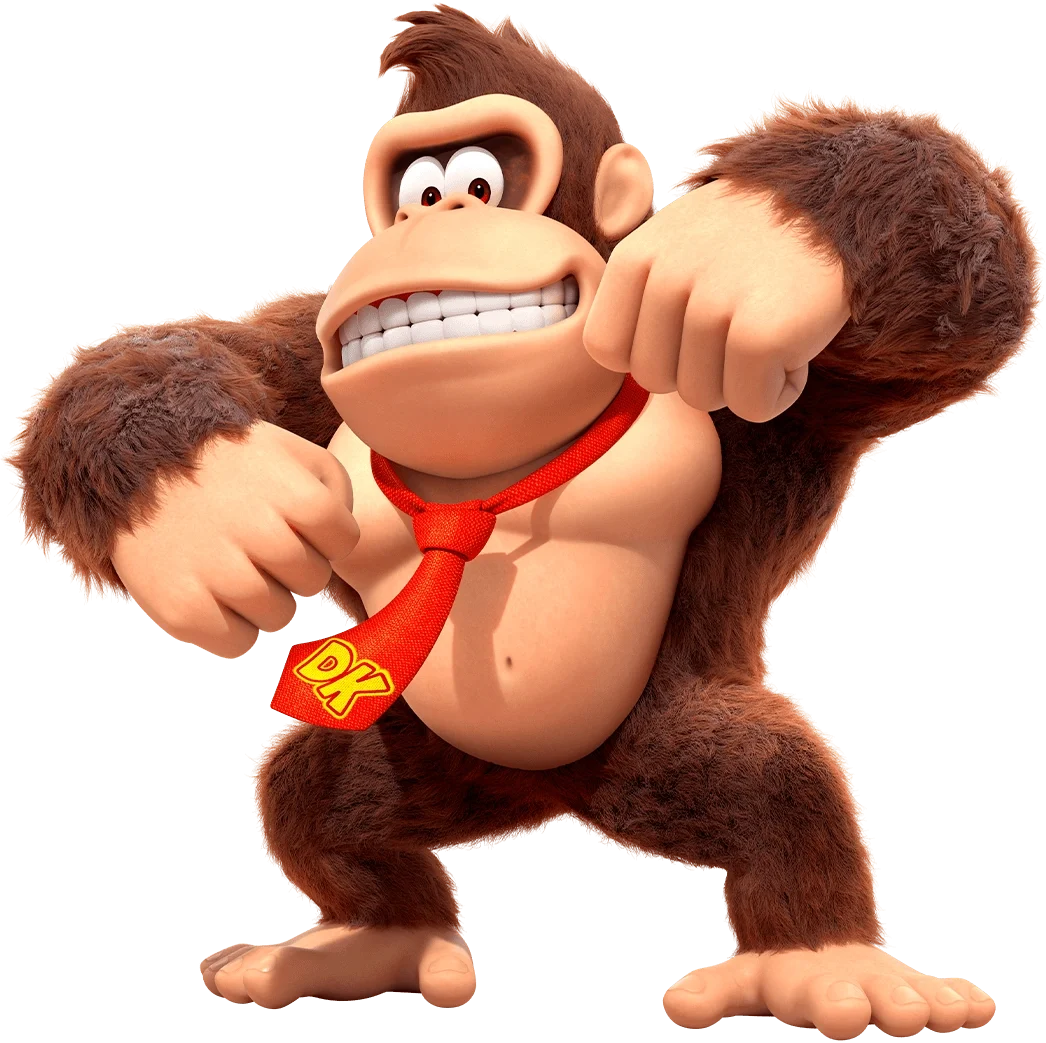
Originally, Donkey Kong started as the villain in the arcade game Donkey Kong. He later became the hero in the Donkey Kong Country series of platformer games, created with the help of Rare, and continued by Retro Studios. He’s known for his incredible strength, using barrels in gameplay, and teaming up with friends like Diddy, Dixie, and Cranky. Each of these allies brings unique abilities or changes how you play through the levels.
The series is well-known for its challenging and accurate platforming, helpful animal companions, and gameplay that rewards collecting items. It’s easily recognized by its recurring musical themes, exciting mine-cart and barrel-cannon rides, and levels built around impressive set pieces. Donkey Kong also makes appearances as a playable character in various Mario Kart, sports, and party games.
Kirby
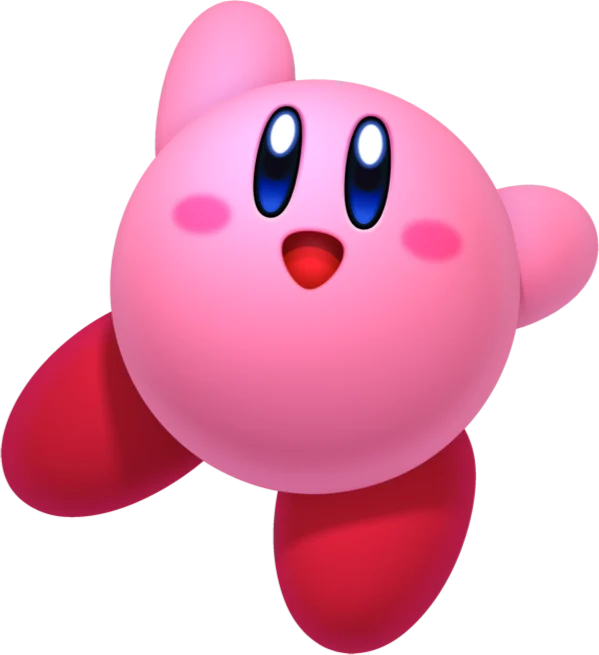
Kirby, originally designed by Masahiro Sakurai at HAL Laboratory, first appeared in Kirby’s Dream Land (Game Boy). He’s famous for his Copy Ability, which allows him to swallow enemies and gain their skills-like wielding a sword, shooting fire, or using beams-offering a wide range of moves that are easy to learn and fun to experiment with.
Kirby games combine classic side-scrolling levels with hidden areas, easy-to-learn controls, and the ability to play with a friend. Each new game usually adds fresh powers or transformations for Kirby. Beyond the main series, Kirby also stars in various spin-off games-like pinball, puzzle, and rhythm titles-all while keeping a recognizable look and sound thanks to the consistent work of HAL Laboratory’s development teams. These games offer a diverse range of gameplay experiences.
Pikachu
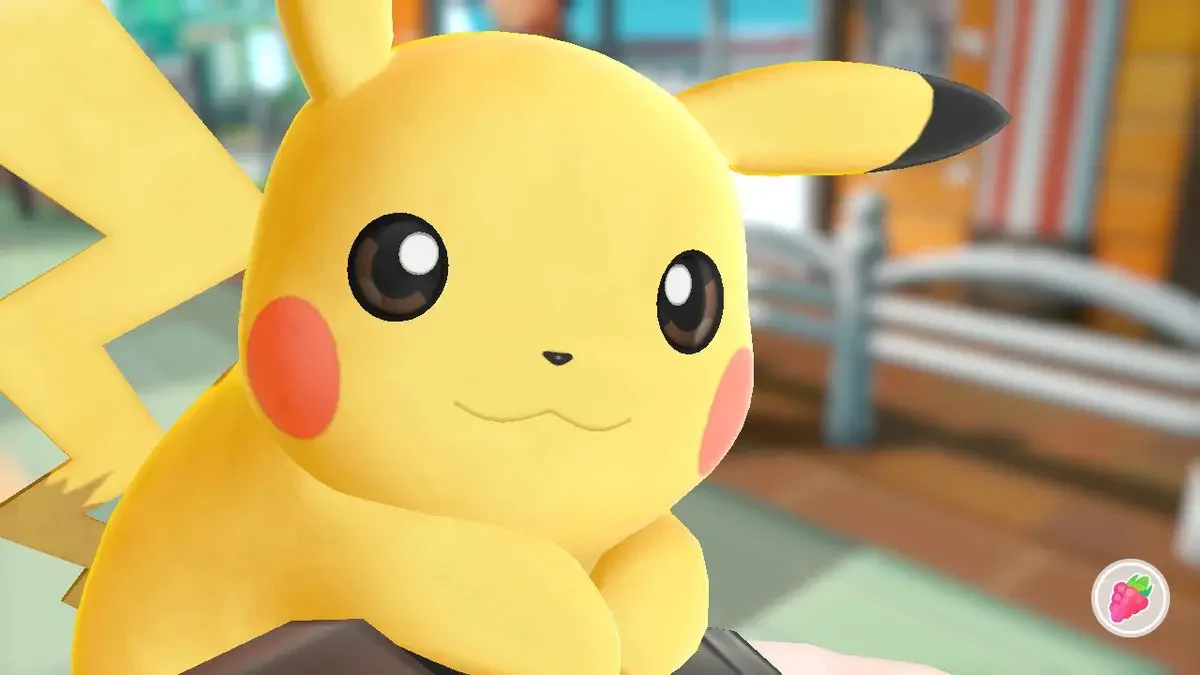
Pikachu is the main mascot for the Pokémon franchise. It first appeared in Pokémon Red and Pokémon Green in Japan, and then became internationally known through Pokémon Red and Pokémon Blue. Created by Atsuko Nishida and Ken Sugimori, Pikachu is an Electric-type Pokémon known for moves like Thunderbolt and Quick Attack. It’s often used to help new players understand how different Pokémon types match up and how moves work – making it a great introductory partner.
As a long-time Pokémon player, I’ve seen Pikachu *everywhere* – not just in the main RPG games! He’s all over the anime and tons of spin-off titles like Pokémon Mystery Dungeon, Pokémon Snap, and even fighting and party games. It really helps keep the brand super recognizable for everyone. When it comes to battling, Pikachu’s stats, what moves he knows, and the items he holds actually define how he plays in a fight. It changes depending on the game’s rules and how they update the balance, so he can fill different roles!
Princess Zelda
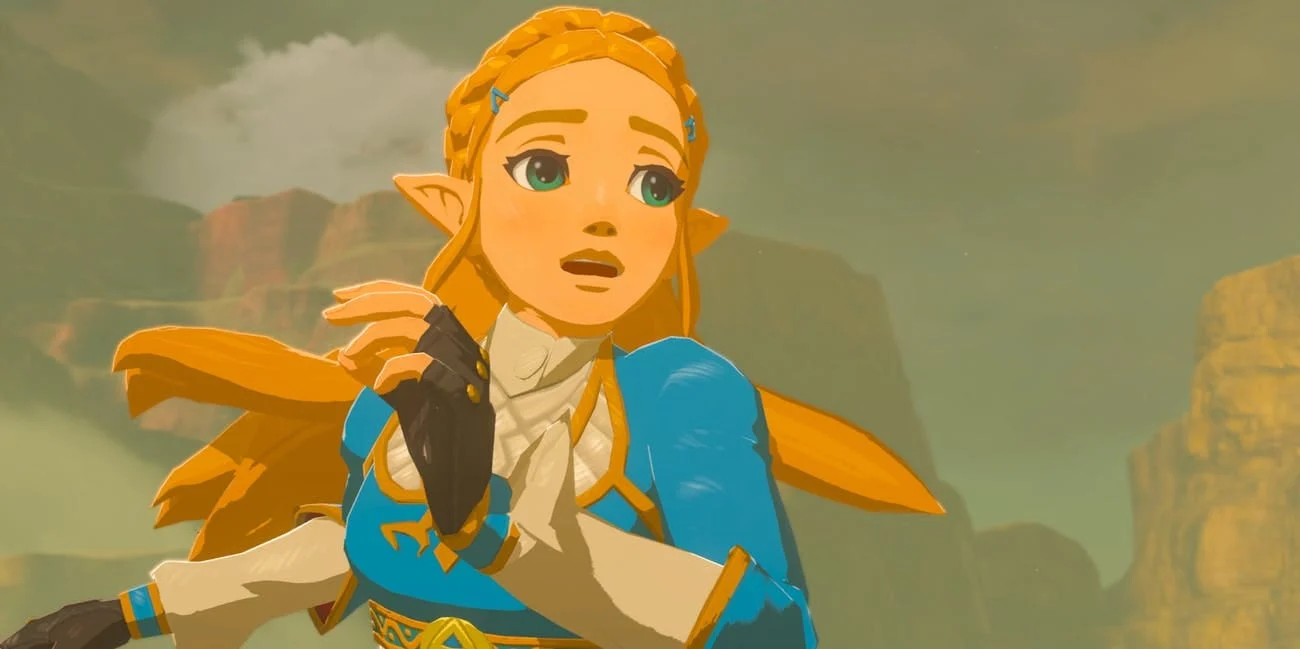
Princess Zelda is a key character in The Legend of Zelda series. She’s usually portrayed as a member of the Hylian royal family and is connected to the Triforce of Wisdom. Throughout the series, Zelda appears in different forms-sometimes as a scholar, an ambassador, a ninja-like persona, or a ruling queen-which helps build the game’s timeline and keeps the story consistent. Characters like Impa and stories about the origins of Hyrule contribute to this ongoing lore.
Zelda’s role in gameplay varies: sometimes she guides the player with thoughts and on-screen instructions, and in other games, you can directly play as her. Her magical powers, ability to seal evil, and ties to the Sheikah clan often shape the dungeons, boss battles, and final parts of Link’s adventure. These elements frequently underpin the core themes of the game.
Bowser
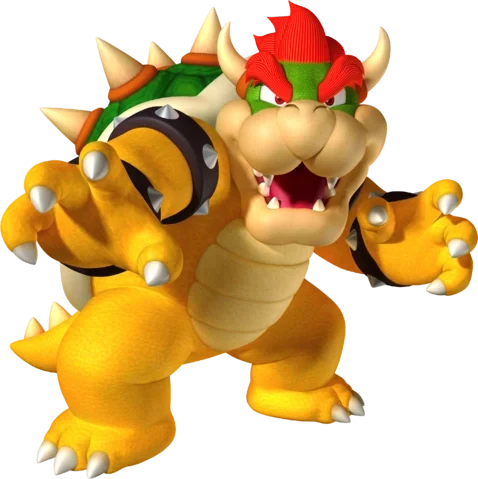
Bowser, created by Shigeru Miyamoto and designed by Yoichi Kotabe, is the main villain in the Super Mario series. As the Koopa King, he leads an army of followers-including the Koopalings, Bowser Jr., and different types of Koopa creatures-and uses castles, airships, and tricky traps to create challenging boss battles and dangerous obstacles.
As a gamer, I’ve always found the boss fights with Bowser to be really well-designed. They always test my platforming skills, throw in some tricky arena hazards, and make me learn his attack patterns. What’s cool is they mix things up – sometimes he’s huge, other times the fight is more about solving puzzles, and the final stages are always epic and have multiple phases. And it’s not just platformers! Bowser is a total powerhouse in Kart racing, sports games, and those awesome Smash-style crossover titles. He’s always the heavy hitter, a bit slow but packs a serious punch – that’s just his thing!
Luigi
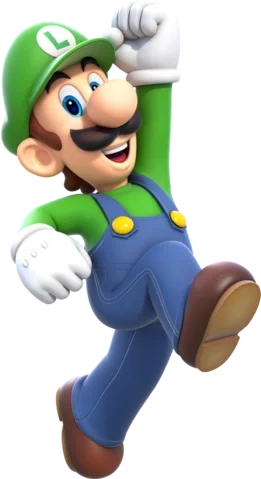
Luigi, who first appeared with Mario in early arcade games and became more well-known in Super Mario Bros., is Mario’s brother and often plays alongside him in cooperative gameplay. He’s built taller than Mario and can jump higher, which has allowed developers to give him unique movement abilities in many games, setting him apart from Mario in platforming levels and when they appear together in other game series.
Luigi’s main games-especially the Luigi’s Mansion series-center around catching ghosts using the Poltergust devices, solving puzzles, and trying to get high scores on repeat playthroughs. These elements highlight how players interact with the game world and feature simple combat using light, all while connecting back to familiar characters and locations from the Mushroom Kingdom.
Yoshi
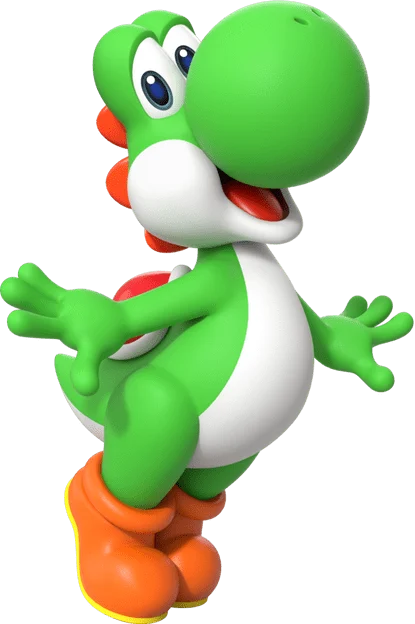
Yoshi made his debut in Super Mario World (SNES), thanks to the work of Shigefumi Hino and Takashi Tezuka. He functions as a rideable friend who can flutter jump, grab enemies with his tongue, and throw eggs. This changes how Mario moves and fights, opening up new paths and allowing access to secret areas. Yoshi’s abilities essentially add more options for how players can explore the game.
The original Yoshi’s Island game brought a unique, hand-drawn art style, distinctive egg-throwing trajectories, and a gameplay mechanic centered around protecting a baby. This shifted the emphasis from simply playing quickly to playing carefully and safeguarding the little one. Later Yoshi games kept the tradition of levels packed with collectibles and generally easy-going gameplay. Yoshi continues to be a popular character in Kart racing, sports games, and party games.
Fox McCloud
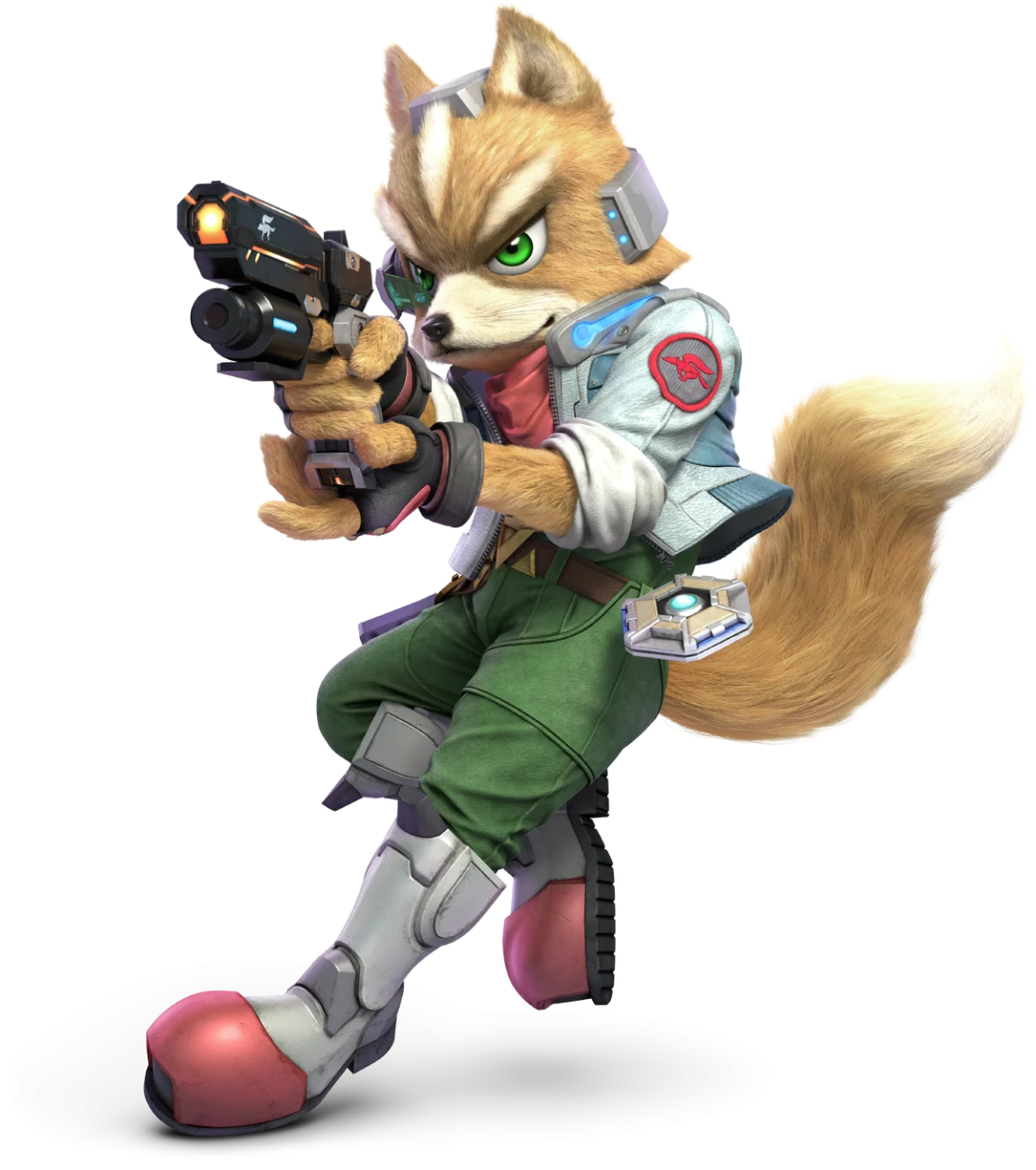
Fox McCloud commands the Star Fox team, first appearing in Star Fox (SNES), a collaboration between Nintendo and Argonaut Software. The series became well-known for its innovative “on-rails” shooting style on home consoles. It utilized the Arwing fighter’s maneuvers-like barrel rolls, charged shots, and wing damage-to provide both visual cues and change how the game played.
The campaign is built around diverging paths, high scores, and communication with your teammates. Vehicles such as the Landmaster and Blue Marine offer different ways to approach missions. Fox’s appearances from other games maintain his quick and nimble style, staying true to his roots of fast-paced action, precise aiming, and dodging attacks.
Captain Falcon
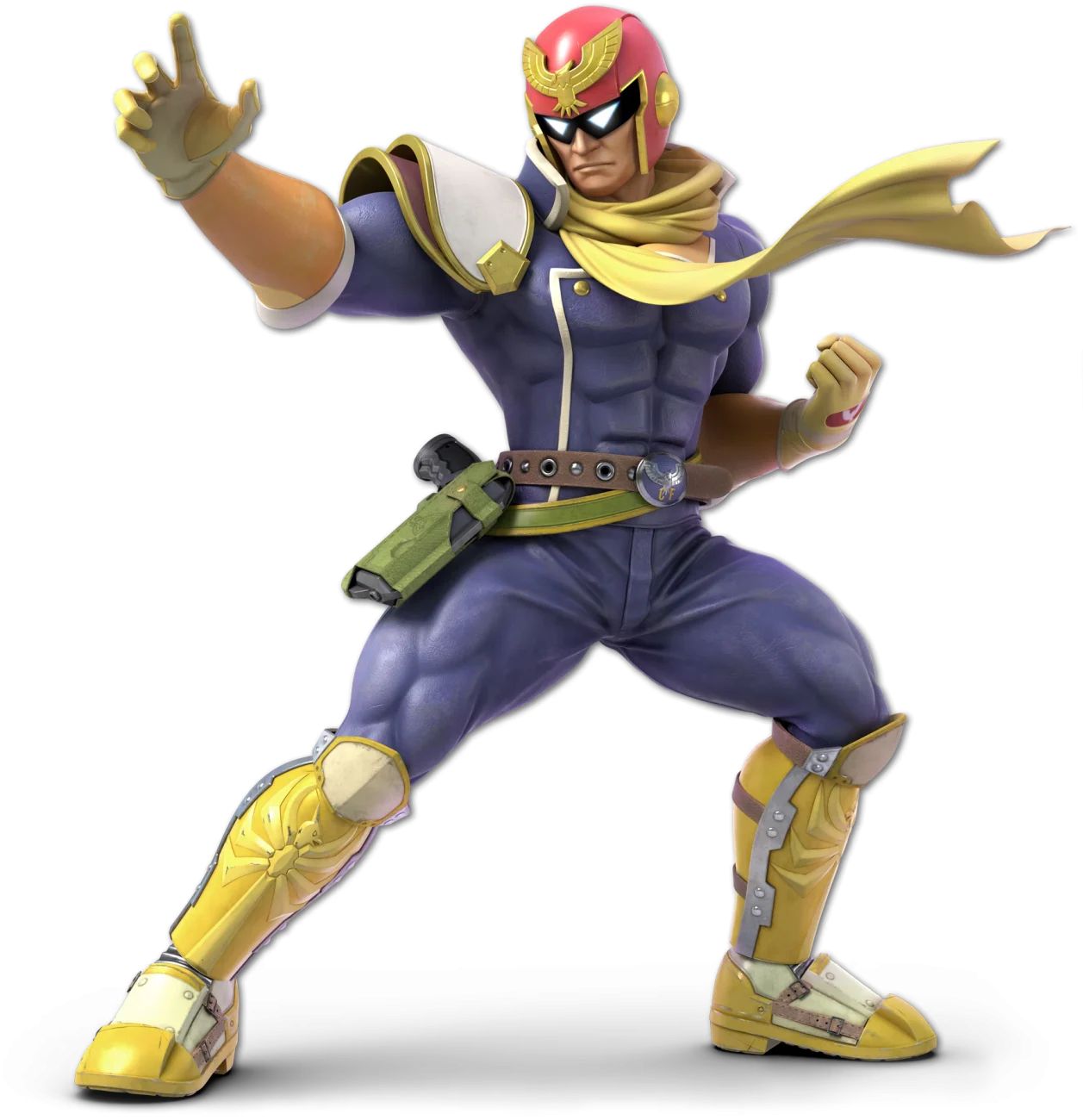
Captain Falcon first appeared in F-Zero (SNES), a fast-paced racing game that really showed off the impressive Mode 7 graphics. Though he’s originally a racer and bounty hunter within the game’s story, he became famous thanks to appearing in various fighting games. Even there, his special moves and how he moves still reflect the speed and energy of F-Zero.
In F-Zero, Falcon’s vehicle-the Blue Falcon-offers a balance between how fast it is and how well it handles, compared to how much damage it can take. This trade-off is a key part of the series’ exciting, high-stakes racing. The courses are designed with speed boosts, areas to recharge energy, and a physics system where crashes can be devastating, all requiring players to be very precise when racing at incredibly high speeds.
Ness
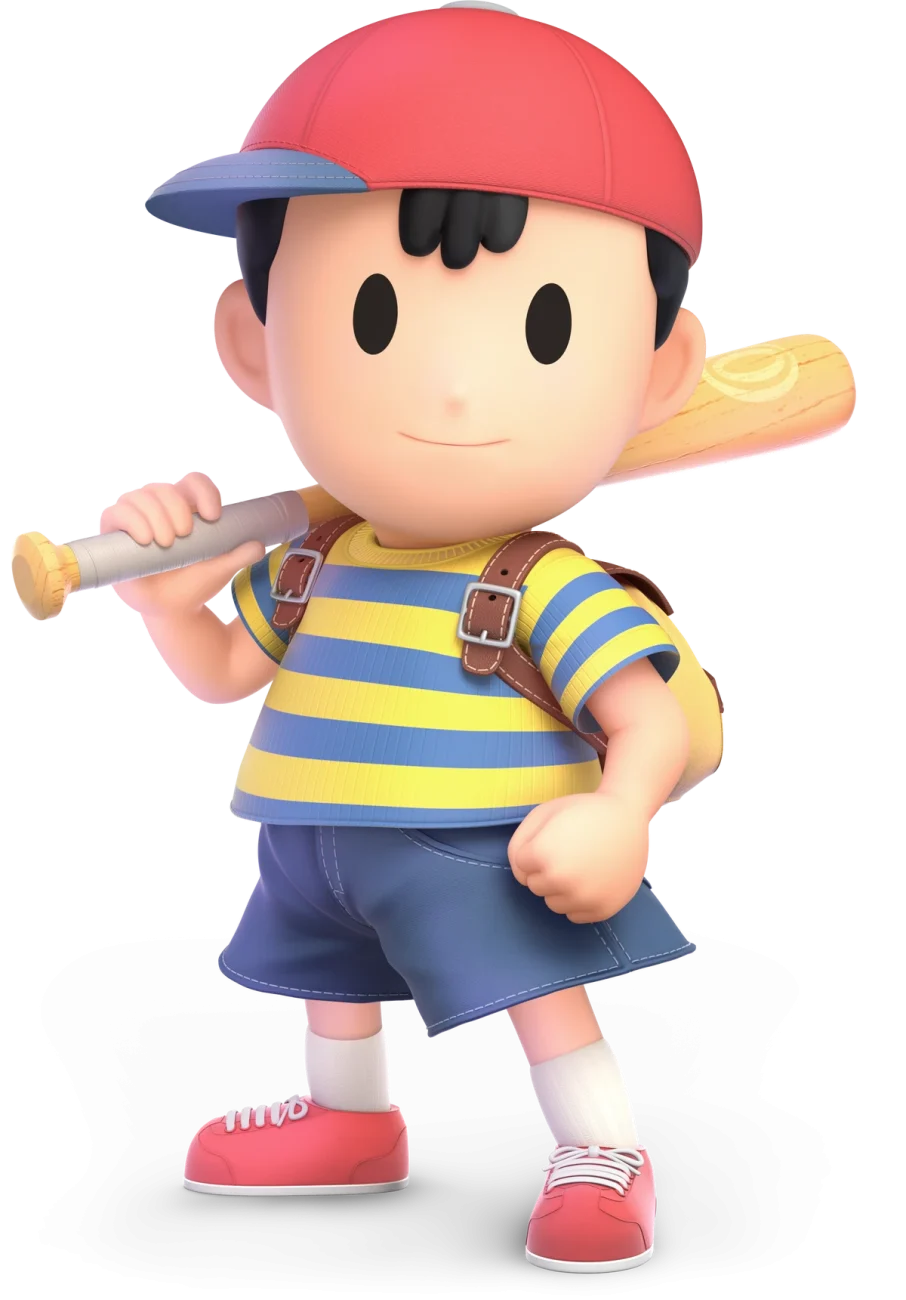
Ness is the main character in EarthBound, a game for the SNES. He was created by Shigesato Itoi and developed by Ape Inc. and HAL Laboratory. Ness has psychic powers, called PSI, which include abilities like PK Rockin (with different names depending on the region), Lifeup, and various healing techniques. He often fights with baseball bats and yo-yos in a normal, everyday, suburban world.
EarthBound cleverly combines status effects, unique HP counters that scroll, and automatic victory in battles when you’re much stronger than your enemies. This design choice really promotes exploring the world without getting stuck in endless, repetitive fights. The way Ness’s team works together and how you manage items also captures the game’s modern theme-things like ATM cards, phones, and ordinary, everyday objects-all while still using a classic turn-based battle system.
Isabelle
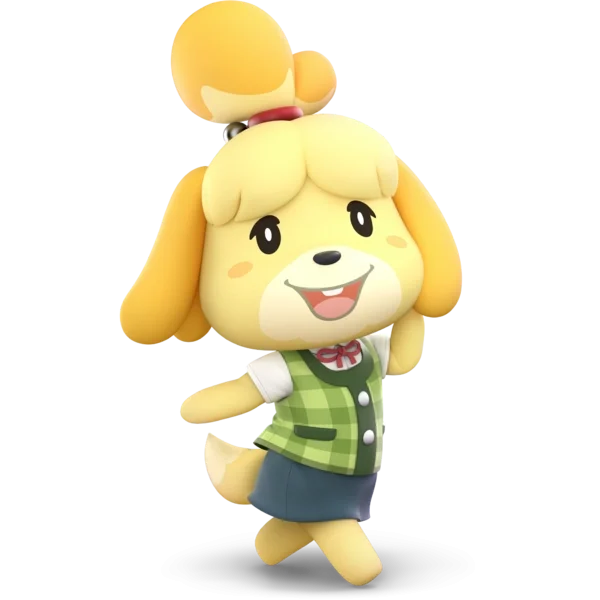
I just love Isabelle! She was first introduced in Animal Crossing: New Leaf on the 3DS. She’s basically your helper at town hall, guiding you with everything from public works projects to town ordinances and just generally running things. She’s really helpful with tutorials and setting up your town’s infrastructure, showing you how to use the menus and plan things out. What’s great is she helps you along without ever giving you strict deadlines – it’s all pretty relaxed and makes learning the ropes so much easier. She’s a lifesaver! Seriously, I don’t know what I’d do without her guidance.
Isabelle shows up in many different Animal Crossing games, special events, and advertisements, usually highlighting ways players connect with each other-like visiting friends’ towns, sending gifts, and playing together. She also appears in other game genres, such as racing and fighting games, and her abilities in those games are inspired by the helpful items and town-building tools found in the Animal Crossing series.
Inkling
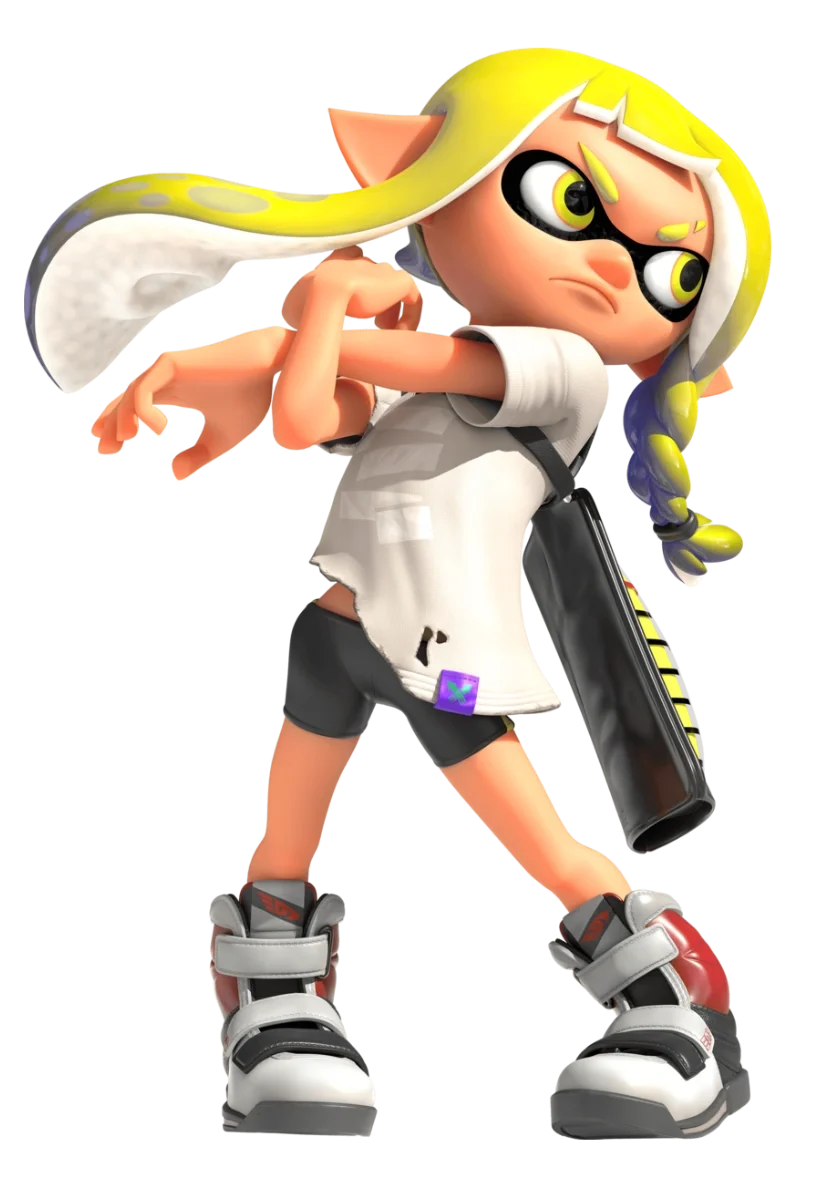
The Inkling characters are central to the Splatoon series developed by Nintendo’s EPD, originally appearing on the Wii U console. They have the unique ability to transform between a human-like form and a squid, and use ink in a variety of ways. Ink serves as both their ammunition and a means of getting around-they can swim through their own ink to recharge, move swiftly, and surprise their opponents.
Splatoon’s core gameplay, found in both Turf War and ranked modes, centers around covering the most territory. The game features a wide variety of weapon types – including shooters, rollers, chargers, and brushes – and customizable gear with perks that affect how you move and fight. Beyond the main battles, Splatoon boasts a unique and colorful world, regular Splatfests, and the cooperative Salmon Run mode. The Inkling characters are also featured in other games, using moves that cleverly incorporate ink-based abilities.
Share your own top Nintendo characters in the comments and tell us who you’d add to the list!
Read More
- Persona 5: The Phantom X – All Kiuchi’s Palace puzzle solutions
- How to Unlock Stellar Blade’s Secret Dev Room & Ocean String Outfit
- Leveraged ETFs: A Dance of Risk and Reward Between TQQQ and SSO
- 🚨 Pi Network ETF: Not Happening Yet, Folks! 🚨
- How to Do Sculptor Without a Future in KCD2 – Get 3 Sculptor’s Things
- Is Nebius a Buy?
- Quantum Bubble Bursts in 2026? Spoiler: Not AI – Market Skeptic’s Take
- Three Stocks for the Ordinary Dreamer: Navigating August’s Uneven Ground
- BingX: The Crypto Exchange That’s Like a Swiss Army Knife, But for Your Money 🚀💰
- XRP Breaks Chains, SHIB Dreams Big, BTC Options Explode – A Weekend to Remember!
2025-10-01 05:48